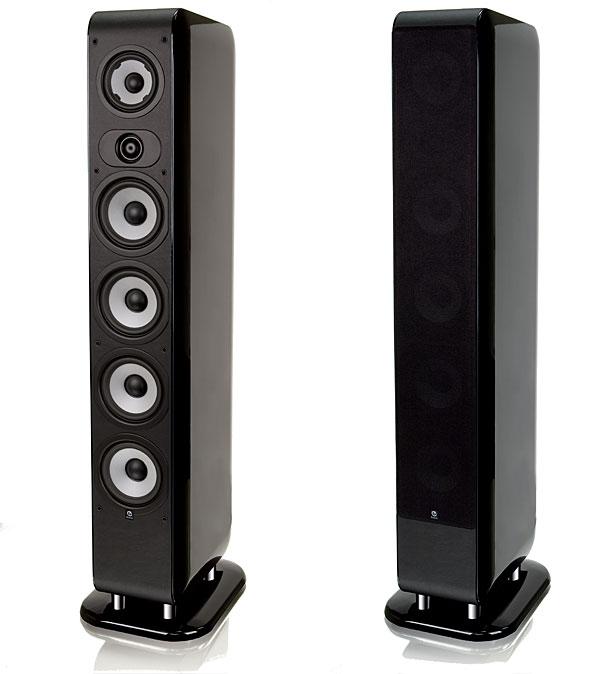| Columns Retired Columns & Blogs |
You make it a point by saying "The M350 was designed in the US but is manufactured in China" it doesn't lesson the fact that it's still made in China to American specifications.
It's a shame that something costing $2500.00 is being built in China and exported to the States, it's bad enough some of food like American Apple Pie comes from that poluted country but now speakers like Boston Acoustics as well, oh the humanity.








































